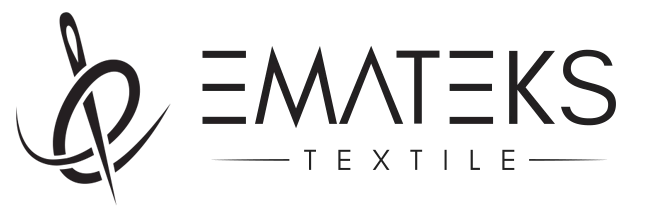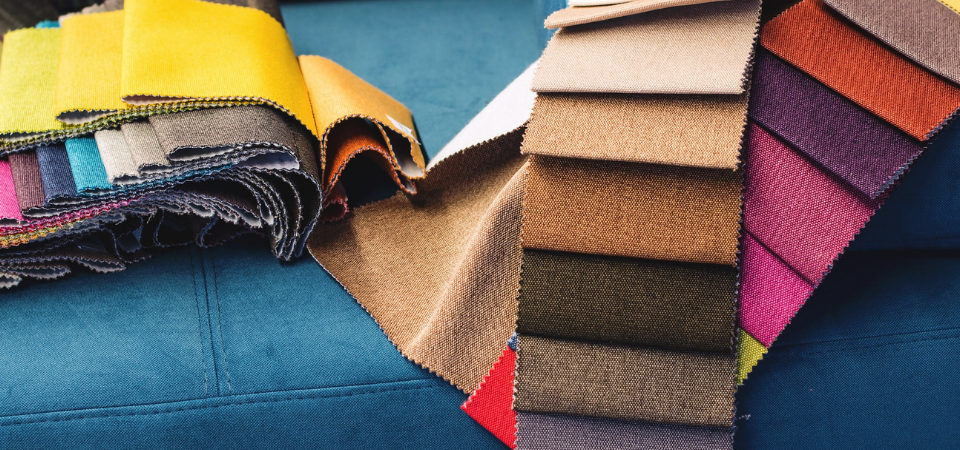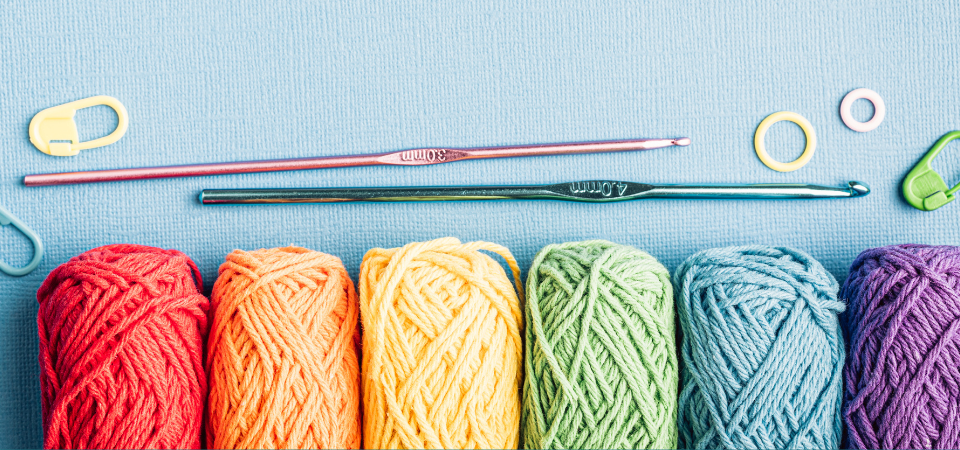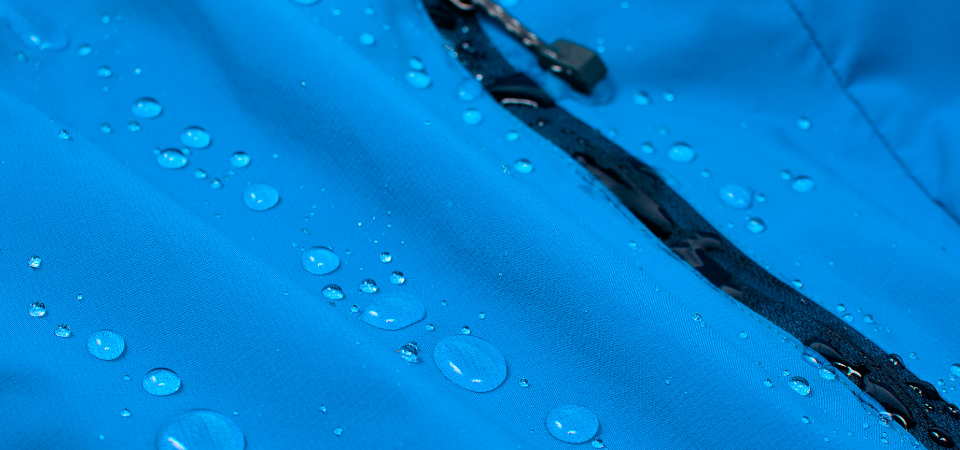
Definition, Production and Advantages of Supima Cotton
January 22, 2024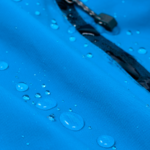
The Most Durable Fabrics on the Market and Their Properties
January 29, 2024There are many factors to be considered in order to extend the life of fabrics. One of them is the blockage of the formation of fabric pilling. Fabric pilling is the pilling of fiber balls that occur on the fabric surface. These fiber balls, which have quite a loose structure, attach to the fabric surface and create an ugly appearance. This problem can be caused by the use of the fabric, if necessary. Thus, how the fabric factory produces fabric is one of the factors affecting pilling. In this article, possible causes and solution suggestions that cause fabric pilling are discussed.
Table of Contents
ToggleWhat Is Fabric Pilling?
Some fiber balls form on its surface after starting to use some fabrics. These fiber toops are quite loose and attach to the fabric surface. These fiber balls, which damage the aesthetic appearance of the fabric, are called fabric pilling. It usually occurs during the abrasion or washing of the fabric and when loose fibers are entangled together. This problem, which is quite common, is seen in many textile products, such as carpets, curtains, cabins, and t-shirts. It can occur on any fabric, but there are also some types of fabric that need attention to prevent this condition.
Factors Causing Pilling in Fabric
Pilling in fabric can occur for many different reasons. Often, frequent use of a fabric on a daily basis, rubbing of the fabric, washing and drying processes, or wear of the fabric can cause this condition. Fabric pilling is a problem that can occur in any kind of fabric, but some types of fabric increase the likelihood of these loose fibers forming. The short fibers in fabric types such as cotton, wool, and polyester tend to break and loosen more. The yarn and fiber properties shown among the most basic causes of pilling are as follows.
1. Yarn Characteristics
Due to some of the basic characteristics of the yarns, pilling in fabric can occur. For example, blended material in a fabric causes more pilling iron than pure material. “Less is more” logic also applies to fabric pilling. The more different types of yarn there are in a fabric, the more susceptible it is to pilling. In addition, threads with heavy filament diameters are less likely to this pilling. Increasing the twisting ratio also reduces this tendency because the yarns are more tightly connected to each other. How smooth the thread is also an important criterion. There is more pilling in fabric in the yarns where both thick and thin places are located. In yarns where the hairiness rate is high, this rate increases. Finally, the short fibers are loosely bound together, resulting in fabric pilling.
2. Fibre Characteristics
The properties that fibrinin has also have the power to affect the formation of pilling. For example, cylindrical and circular-shaped fibers are more prone to pilling. This ratio is also high in fibers with short staple lengths because, as the fiber length is shortened, the threads become harder to connect to each other. In addition, more fabric pilling is observed because the fine fibers will have less resistance to abrasion. Finally, fibers with high extensibility rates are less likely to form pilling.
How to Prevent Pilling on Fabric?
There are many ways to prevent pilling on fabric. Not choosing the types of fabrics that will cause this problem completely eliminates the problem, but it can always be difficult to choose such fabrics. For this reason, there are some tips you can pay attention to when using fabrics. These tips are as follows.
1. Clothes Should be Adjusted According to Type
The most basic thing you can do to avoid pilling is not to choose the types of fabrics that cause this condition. However, if you have not made your choices with attention to this, you still have the opportunity to prevent this situation. Separating fabrics by type during washing and drying is one of the simplest steps you can take. For example, not throwing heavy and tight-knit clothes and light clothes together in the washing machine can get in the way of pilling in the fabric. In such a case, heavy fabrics are prevented from abrasive light ones.
2. Care Labels Should be Checked
The possibility of fabric pilling occurring during washing and drying is quite high. One of the things that can be done to prevent this is to read the care labels on these fabrics. The care instructions contain information on optimal cleaning of the fabric. When the instructions are followed, the chance of a problem such as abrasion or pilling is very low. Applying the temperature and program information written in the instructions is therefore very important.
3. Wash at Low RPMs
Washing clothes in a machine is a process that requires attention because even a small mistake can cause irreversible damage to fabrics. In order to avoid fabric pilling, it is necessary to wash clothes at low revs. This is due to the fact that fabric fibers are forced when washing at high speed. Because low speed causes less wear, there is less chance of fabric pilling.
4. Air Drying
No matter how advantageous the drying machines are, they can damage the fabrics. If you do not want your fabrics to be lumped together, drying them on a sling will be the best option. Drying the fabrics inside the machine causes the fabrics to rub against each other, thus eroding and creating fabric pilling.
Can a Washing Machine Cause Fabric Pilling?
Pilling in fabric can occur for many reasons; one of them is the use of washing machines. Fabrics used as a part of everyday life are thrown into the machine, but when the washing instructions are not followed, the machine makes damages to the fabric. High speed washing also causes the fabrics to erode each other, thereby causing pilling. Metal parts inside the machine can also cause the fabric to wear out during washing. The ideal way to avoid this is to wash the fabrics in accordance with the washing instructions and choose the right program in the machine.
How Can You Remove Lint from Fabric?
Although ball-shaped fibers that are held on the fabric surface create a disturbing image, it is possible to get rid of them. There are many methods that can be used to remove lint from the fabric surface. One of the most common methods is to use lint picking machines. These machines, which have a very practical use, quickly collect lint on the fabric surface. There are also brushes for collecting lints and pillings; these brushes have a cylindrical structure, and it is possible to collect lints by moving them over the fabric surface. The use of fine razors or scissors is also one of the ideal methods to separate lint from the fabric surface. When using this method, it is enough not to press the razors too deeply. Finally, the use of cold water also prevents the formation of lint and pilling. For this reason, washing the fabrics in cold water may also be an option.
